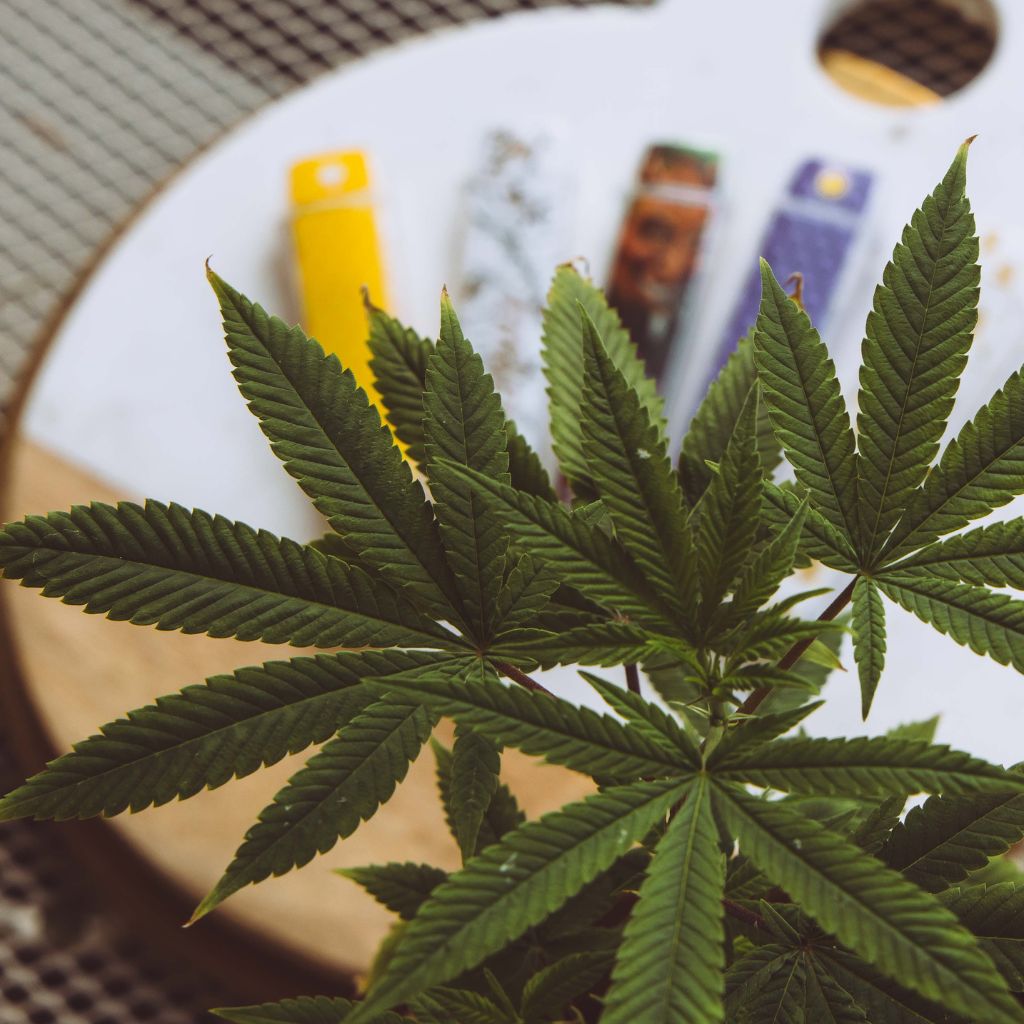The Evolution of Cannabis Culture
Cannabis has undergone one of the most dramatic cultural transformations of any plant in modern history. Once valued as medicine, later criticized as a gateway to moral decay, and now embraced by millions, cannabis culture has always reflected the value and power structures of time. From ancient civilizations to today’s vape cartridges and dispensaries, cannabis has come full circle.
Ancient Use: Medicine, Spirituality, and Daily Life
Cannabis has been used by humans for more than 10,000 years. Archaeological evidence shows early cultivation in Central Asia, where the plant was valued for its fibers, seeds, and psychoactive effects. Ancient Chinese texts from around 2700 BCE describe its medicinal uses, while the Egyptians and Greeks also incorporated it into their healing practices. In India, cannabis held spiritual significance and was featured in religious ceremonies and Ayurvedic medicine.
Before it was ever criminalized, cannabis was widely grown and used in societies across Asia, the Middle East, Africa, and Europe. It was a resource, not a threat.
Colonial Hemp and the American Founders
Cannabis entered early American history largely through its non-psychoactive cousin: hemp. In fact, hemp was so essential that in 1619, the Virginia Assembly passed a law requiring farmers to grow it. At the time, hemp was considered vital for producing rope, sails, and textiles—items crucial to the economy and daily life in colonial America.
Several Founding Fathers, including George Washington and Thomas Jefferson, cultivated hemp on their estates. Washington, in particular, noted his efforts to grow high-quality hemp in his personal diaries. While there’s no evidence they smoked psychoactive cannabis, their involvement with the plant highlights how deeply integrated it was into early American agriculture.
Hemp was not a fringe crop—it was promoted by the government and considered a necessary part of building the new nation.
Reefer Madness and the Birth of Cannabis Panic
The first true wave of cannabis criminalization in the U.S. arrived in the early 20th century. In 1937, the Marihuana Tax Act effectively outlawed cannabis. Fueled by racism and economic motivations, the law was enforced unevenly but aggressively, especially against Black and Mexican communities.
The infamous Reefer Madness campaign portrayed cannabis as a direct path to crime, madness, and moral collapse. These narratives were backed by media moguls and politicians who sought to criminalize behaviors associated with minority and immigrant groups.
The Counterculture Movement and Rebirth of Cannabis
Despite the crackdown, cannabis survived in the margins. In the 1960s and 70s, it found new life in the counterculture. Hippies, students, musicians, and civil rights activists embraced cannabis as a symbol of peace and personal freedom.
This was not just recreational use—it was political. Smoking cannabis became an act of defiance, a rejection of war, racism, and government surveillance. The energy of this era paved the way for advocacy groups like NORML, which began organizing for cannabis reform as early as 1970.
Medical Breakthroughs and the Push for Legal Reform
As stigma began to erode, researchers and patient advocates started to highlight cannabis’s therapeutic potential. In the 1980s and 90s, patients with HIV/AIDS, cancer, and chronic pain conditions pushed back against laws that criminalized their medicine. In 1996, California voters passed Proposition 215, legalizing medical cannabis—the first law of its kind in the United States. From there, the door opened for broader reform.
Cannabis in the Mainstream
The 2000s and 2010s saw rapid change. Colorado and Washington legalized recreational cannabis in 2012. Canada followed with nationwide legalization in 2018. Today, dozens of U.S. states have legalized cannabis for medical or recreational use.
Cannabis brands now exist in the open, competing on packaging, strain genetics, and innovation. Vape cartridges, edibles, tinctures, and topicals have introduced cannabis to new audiences—from professionals and veterans to parents and retirees.
Legal dispensaries are thoughtfully designed. Cannabis events fill stadiums. Influencers educate millions on social media. The culture is no longer underground—it’s on billboards.
Barriers That Remain
Even with these advances, the legacy of prohibition lingers. Cannabis is still a Schedule I drug federally. Many people remain incarcerated for nonviolent cannabis offenses, even as others profit from the legal market.
Efforts to expunge records, build social equity programs, and include impacted communities in the legal industry are underway—but progress is uneven.
Looking Ahead
Cannabis culture is no longer about fringe rebellion—it’s about access and education. From ancient medicine to industrial hemp, from prohibition to vape cartridges, cannabis has always been part of the human story.
At Timeless Vapes, we recognize the weight of that history. As legalization grows and new users enter the space, we’re committed to celebrating the plant’s roots, respecting those harmed by unjust laws, and offering products that meet today’s standards for quality and experience. Cannabis didn’t just survive prohibition—it transformed into a symbol of resilience, creativity, and cultural evolution.
